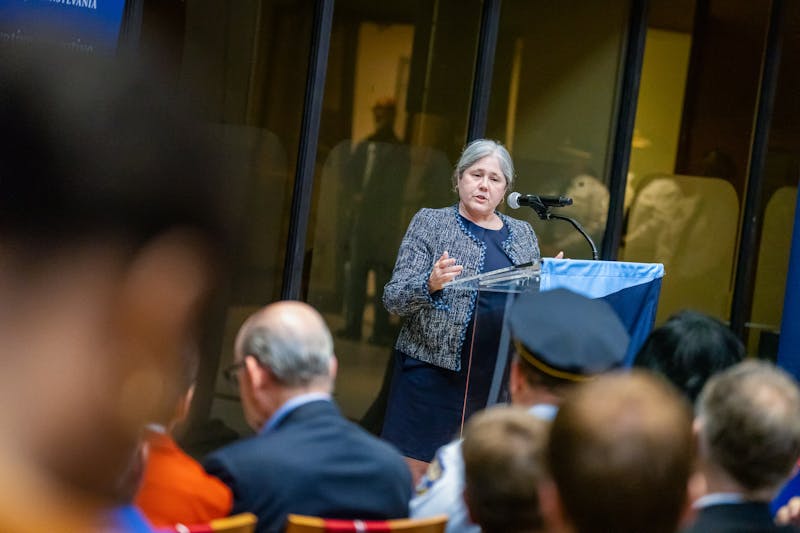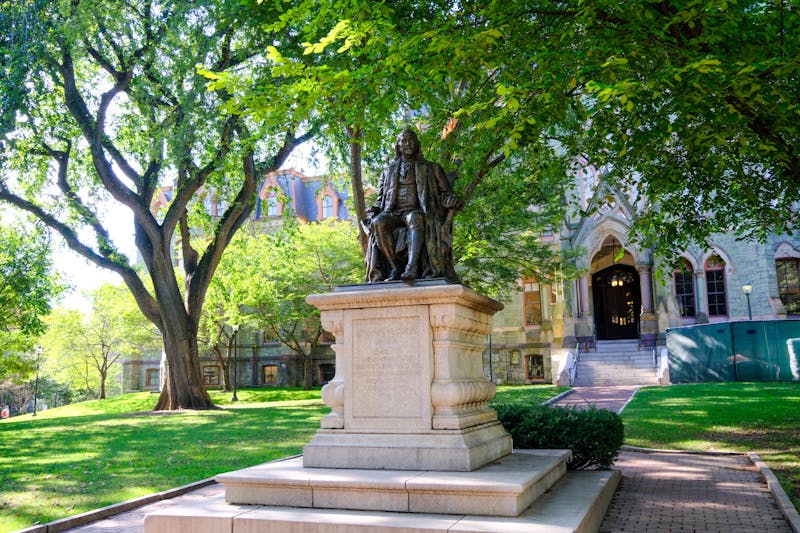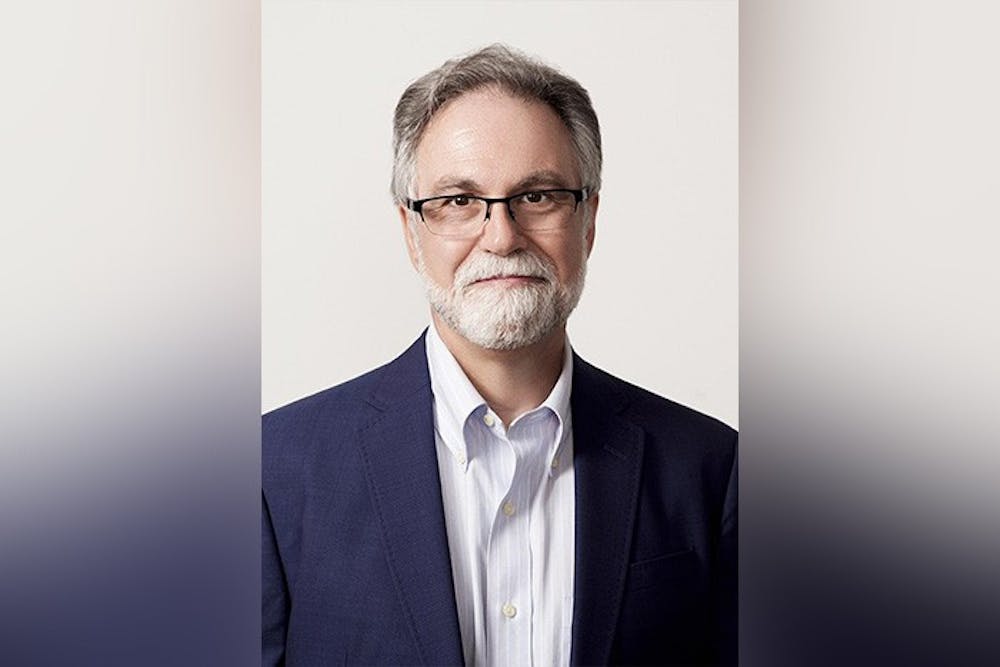
Penn graduate Gregg Semenza was awarded the Nobel Prize for his isolation of the hypoxia-inducible factor complex from cultured liver cells.
On Christmas Eve in the 1990s, Gregg Semenza and his colleague Josef Prchal hunched over a manuscript, debating with each other on the phone. Semenza was in Baltimore and Prchal was in Birmingham, Ala. The two had been working late in their labs making final edits to the research paper they hoped to resubmit to a journal. He and Semenza “[changed] the manuscript 50 times," Prchal said, but the two scientists were not yet satisfied.
"Our families were calling us, [asking] 'How come you are not at home?'" Prchal said.
It was this drive and dedication that Semenza, who graduated from Penn’s M.D./Ph.D. program in 1984, brought to his research over the past 30 years. On Monday, Semenza was one of three scientists awarded the Nobel Prize in Physiology or Medicine for "discoveries of how cells sense and adapt to oxygen availability," the Nobel Assembly announced.
The human body responds to low oxygen levels by increasing a hormone called erythropoietin, or EPO, which leads to increased production of red blood cells, according to the Nobel Committee press release. Semenza found that specific DNA segments located on the EPO gene curtail the increased production of red blood cells in low oxygen conditions.
He later characterized the protein that regulates the EPO gene — a protein he called hypoxia-inducible factor complex or HIF. Semenza's lab was the first to purify HIF, which turned out to be integral to the understanding of how cells process oxygen. He completed this research while at Johns Hopkins University, where he is currently director of the Vascular Program at the Johns Hopkins Institute for Cell Engineering.
“He’s a very rigorous scientist,” said Prchal, a professor at the University of Utah, who has remained Semenza’s collaborator for the past three decades. “He’s one of the smartest people I’ve ever met.”
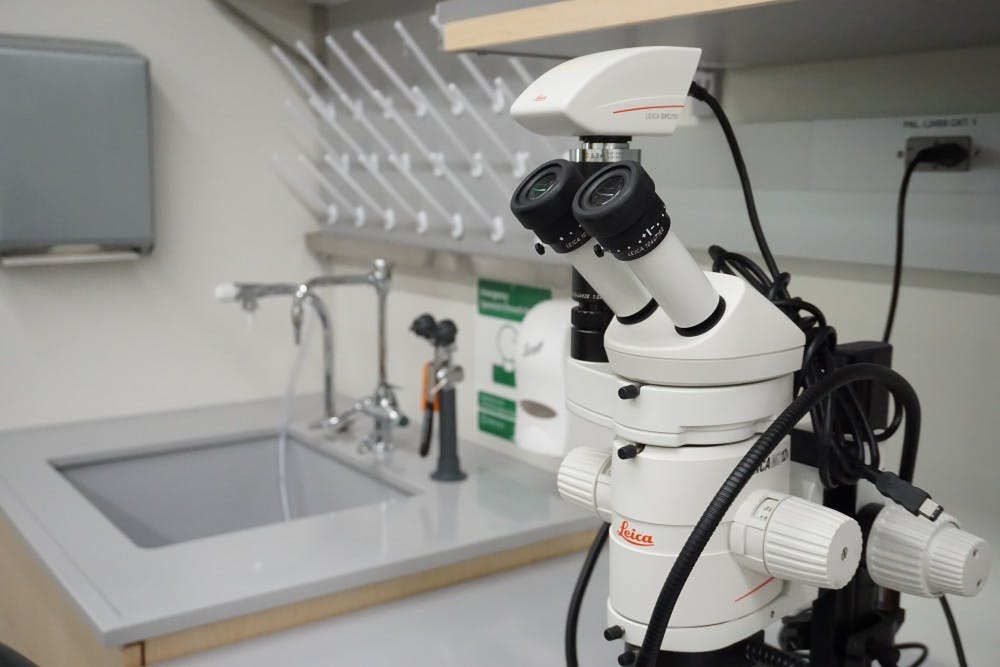
Nelson taught Semenza in two classes and he specifically remembered enjoying the fetal pig dissection the class did in AP biology.
Semenza grew up in Tarrytown, N.Y. He was inspired to study biology after meeting a high school teacher, Rose Nelson, who has since died. He said that because Nelson had a Ph.D. and did postdoctoral research, she introduced the students to how exciting research was. Nelson taught Semenza in two classes — freshman biology and Advanced Placement Biology — and he specifically remembered enjoying the fetal pig dissection the class did in AP Biology.
When Semenza was accepted into Harvard University in 1974, he wanted to be a genetics researcher. However, he became interested in medical genetics and eventually decided to pursue an M.D./Ph.D. at Penn. His dual-degree training taught him a different mode of thinking than other scientists, Prchal said.
"If you do science, you’re very focused on one thing," he added. "If you understand the diseases, you can understand science, [and] you can make many more inroads."
Semenza said he saw his role as "bridging the lab and the clinical."
“The discoveries are being translated to the clinic," he said. "That’s the real prize.”
In his Ph.D. research at Penn, he studied a hereditary disease called thalassemia, which occurs when red blood cells do not produce enough of the proteins that make up hemoglobin, the major oxygen transporter in blood. This was the beginning of Semenza's research related to oxygen.
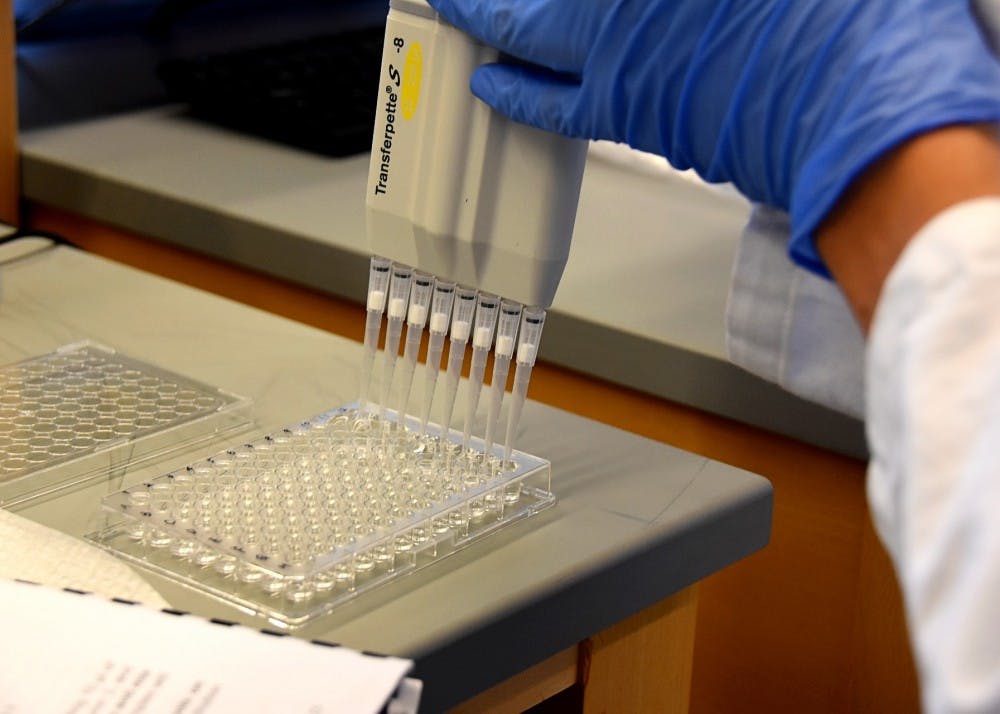
One notable discovery that Semenza is particularly proud of is that the HIF-1 protein disappears in high oxygen environments.
One notable discovery that Semenza is particularly proud of is that the HIF-1 protein disappears in high oxygen environments.
"We would take the cells and put them in low oxygen and induce HIF-1," he said. "And then we would put them back in high oxygen and we did that for one minute, five minutes, or 10 minutes. We showed that within five minutes, most of the HIF-1α was gone."
He also found that it turned out that five minutes was the amount of time it took for the oxygen to diffuse through medium into the cells — meaning that HIF1α was destroyed immediately upon exposure to oxygen.
The Nobel Prize Committee secretary informs recipients that they won the prize an hour before the public announcement. The secretary first called Semenza at 3:53 a.m. in Baltimore. Semenza was fast asleep but picked up when the secretary called the second time. After he heard the news, he and his wife “kind of looked at each other,” he said. “We were sort of in a daze.”
Semenza did not expect to win the prize, but he “knew what day it was” — the Nobel Prize in Physiology or Medicine was slated to be announced on Monday.
He will be receiving the Nobel Prize in Stockholm, Sweden on Dec. 10, where he will give a Nobel lecture on his discoveries. Semenza's lab is currently researching the role HIF-1 plays in cancers and is working on a collaborative project involving researching the cellular mechanisms that allow Tibetans to survive in low oxygen climates.
The key to the Nobel Prize for Semenza was not anything extraordinary.
"Pure luck. Better lucky than good," he said. "Another part of it is to really be just kind of focused on what you’re trying to do — evaluate your failed experiments as well as your successful experiments."
The Daily Pennsylvanian is an independent, student-run newspaper. Please consider making a donation to support the coverage that shapes the University. Your generosity ensures a future of strong journalism at Penn.
Donate




